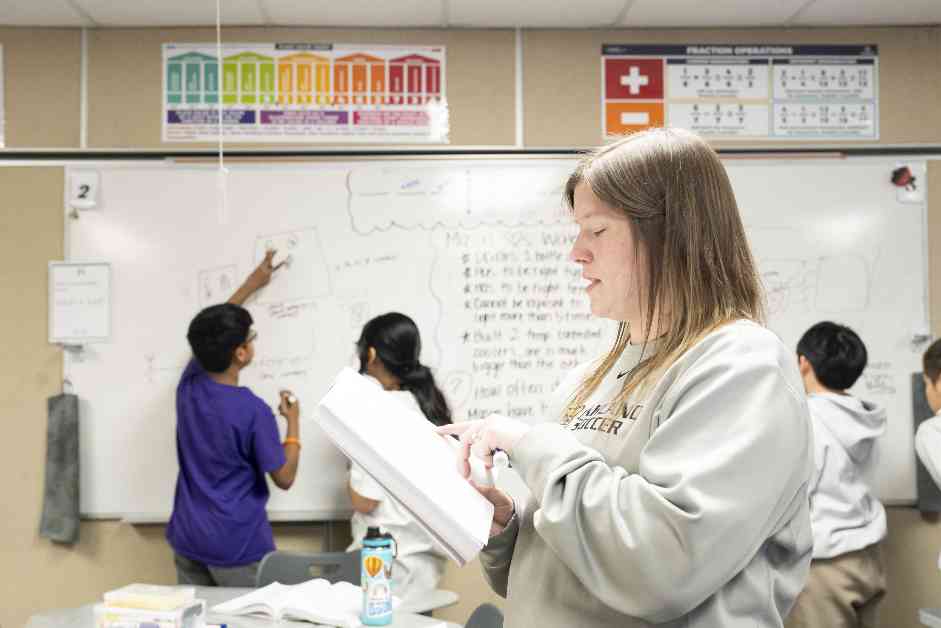Math education is widely accepted as beneficial, but its flaws can often go unnoticed. The traditional approach to teaching math involves increasing the difficulty of problems gradually. For example, starting with simple addition and then moving on to more complex equations. However, this focus on easy versus difficult can be limiting.
Instead of just looking at difficulty levels, math classes should strive to be both welcoming and challenging. Students should feel comfortable tackling real math problems while also being pushed to think critically and develop new skills. The key is to strike a balance between these two qualities, creating a learning environment that is both inviting and rigorous.
As a teacher, incorporating activities that encourage students to think creatively and problem-solve can be incredibly effective. For example, asking students to come up with their own math questions or design their own projects can help foster a deeper understanding of the material. These types of tasks may not fit neatly into traditional grading systems, but they can be invaluable in promoting a holistic approach to learning math.
Projects have become a staple in many math classrooms, offering students the opportunity to apply their knowledge in a practical and engaging way. By incorporating real-world examples, such as designing an income tax system, teachers can help students see the relevance of math in everyday life. These projects not only make math more exciting but also provide a platform for students to challenge themselves and each other.
While students may prefer tasks that are easy, they ultimately crave a sense of accomplishment and reward. This is evident in the enthusiasm shown by students tackling challenging topics like calculus. Despite its complexity and seemingly limited practical applications, calculus can be a source of pride and accomplishment for students. The challenge it presents becomes a badge of honor, showcasing their intellectual prowess and perseverance.
In conclusion, math education should aim to be both welcoming and challenging. By creating a learning environment that is inclusive and engaging, teachers can inspire students to push themselves and explore the depths of mathematical thinking. Through a combination of traditional exercises and innovative projects, math classes can become a space where students not only learn, but also thrive.




